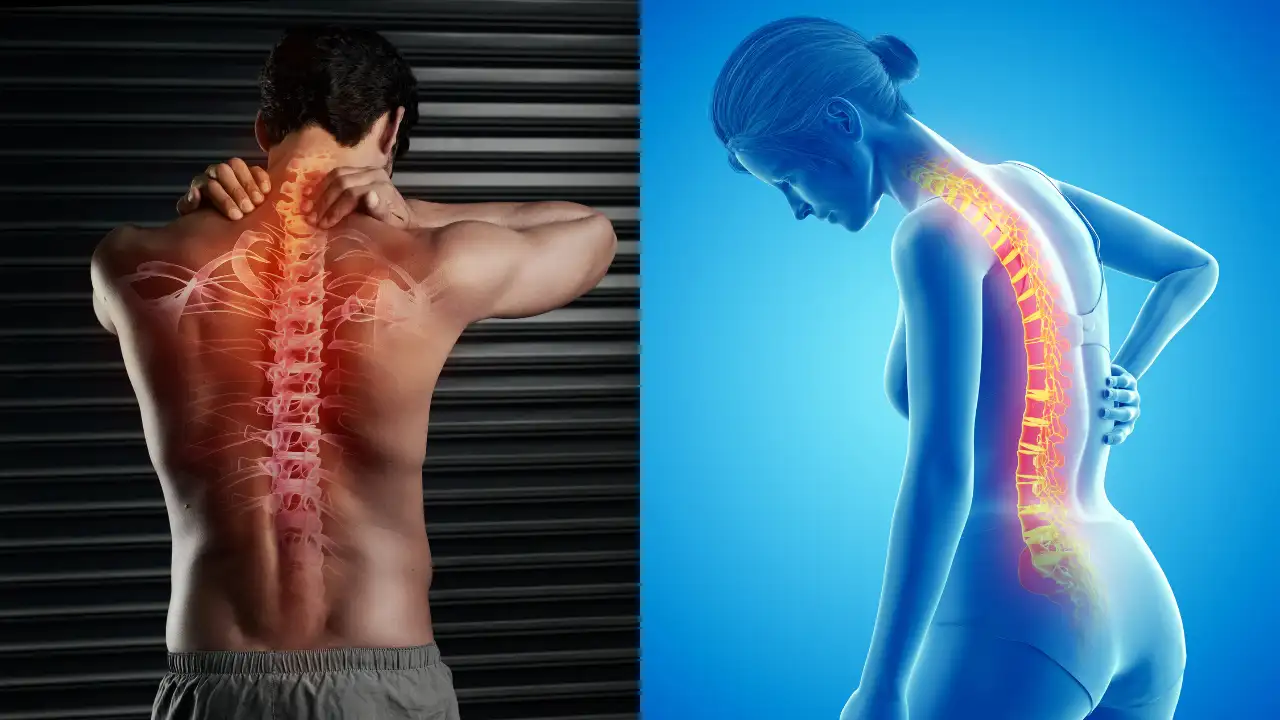Imagine falling off a ladder, slipping off a terrace, or even just tripping awkwardly on a wet floor. You dust yourself off, wince a little, and carry on. But what if that tiny twinge in your back is more than just a pulled muscle? What if it is the beginning of a much bigger story, one involving your spinal cord, your nervous system, and your long-term well-being?
Over the past few years, spinal cord injuries (SCIs) have quietly crept up in numbers, no longer just the result of extreme trauma or freak accidents. Experts point to a potent mix of urbanisation, delayed diagnosis, and limited access to quality medical care as major culprits.
India sees around 20,000 new SCI cases annually. Most of these involve young males aged 16–30, especially from rural or economically disadvantaged communities. A deep-dive study found that 53 percent of cases resulted from falls from heights (think trees, terraces, and poorly built rooftops), and 28 percent stemmed from road traffic accidents.
“Just in the last month alone, we have seen almost 1,000 new cases,” says Dr. Aravind Bhateja, neuro and spine surgeon at Sparsh Hospital, Bangalore. “A large number involve falls or vehicle accidents causing spinal cord damage—most commonly affecting the thoracic spine.”
The trend doesn’t spare teenagers either. Adolescents aged 15 to 18 are also showing up in hospital wards with serious spinal injuries.
Symptoms
At the root of it all is the spine, not just a bone structure but a vital conduit between brain and body. “The consequences of neglect can be devastating,” warns Dr. H.S. Chhabra, Spine and Rehabilitation Services at Sri Balaji Action Medical Institute, Delhi. “Progressive neurological deficit is the most serious, but we also frequently encounter persistent pain, complex deformities, and compromised long-term outcomes.”
SCI can mess with more than just movement. It can affect blood pressure, bladder and bowel control, and even sexual function. What is troubling is how subtle the early symptoms often are. A burning sensation in the limbs? Numbness or heaviness? These are the body's early warning signs, and they are easily ignored. And just because there is no visible injury does not mean the coast is clear.
Diagnosis:
That is why early diagnosis is crucial. Dr. Ankur Gupta, consultant, orthopaedics and spinal surgery at Apollo Spectra Hospital in Kanpur, says modern tools have significantly improved diagnostic precision. “Clinical evaluation helps assess symptoms and muscle strength, and we have technologies like X-rays, MRI, CT scans, and even advanced options like radiofrequency echographic multispectrometry,” he explains.
Treatment:
Once diagnosed, treatment depends on the injury's severity. Minor injuries may be treated with rest, pain relief, and physiotherapy. But serious cases might require surgery—to remove bone fragments, repair herniated discs, or stabilise the spine using implants. And that is just the beginning. Long-term care may include physical therapy, occupational therapy, psychological support, and, in some cases, assistive devices like wheelchairs or walkers.
There is hope on the horizon, though. Cutting-edge research into stem cell therapies and neuroprosthetics is showing promise for future treatment possibilities.
But prevention, as always, is better than cure. A strong, healthy spine starts with daily habits, regular exercise, ergonomic chairs, good posture, and staying alert during risky activities. More than half of SCI cases come from falls, so safety gear and structural precautions are not optional extras; they are lifesavers.
